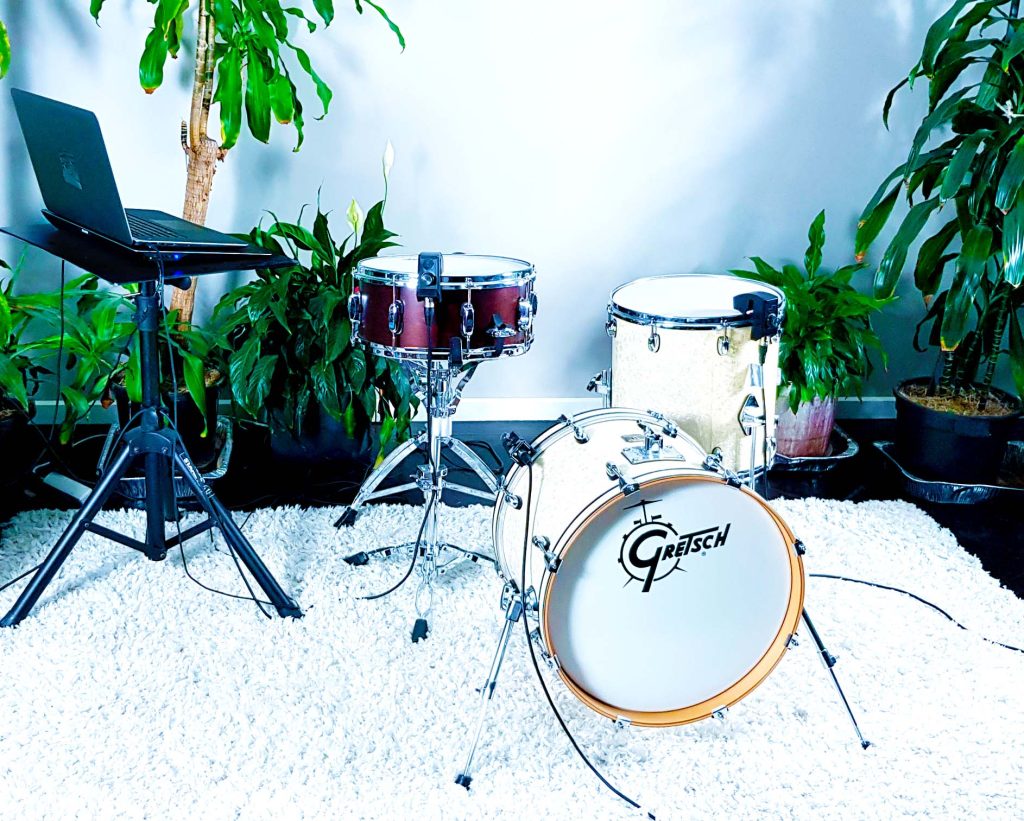Music education || some thoughts…
 The way we learn music today is based on the traditions of the past. Those traditions were stable for centuries until jazz challenged them with its innovation. Soon after, the old structures collapsed even more when rock and pop music emerged as new forms of expression. Nowadays, the preservation of the ancient edifices is mainly done by nostalgics (admirers of the past), who try to slow down the decay, patching it up with metaphorical duct tape. I think their attempts to maintain the past alive, with some modern adaptations and flashy decorations, do little to prevent culture and technology from transforming music and how we enjoy it. To me this is nothing but cosmetic changes, the core is still old music, and people are gradually losing interest.
The way we learn music today is based on the traditions of the past. Those traditions were stable for centuries until jazz challenged them with its innovation. Soon after, the old structures collapsed even more when rock and pop music emerged as new forms of expression. Nowadays, the preservation of the ancient edifices is mainly done by nostalgics (admirers of the past), who try to slow down the decay, patching it up with metaphorical duct tape. I think their attempts to maintain the past alive, with some modern adaptations and flashy decorations, do little to prevent culture and technology from transforming music and how we enjoy it. To me this is nothing but cosmetic changes, the core is still old music, and people are gradually losing interest.
In my view we need to be curious about musical ideas that reflect the time and culture that we live in NOW. But most importantly, we should give artists, composers and performers who are alive today, the chance to create something of their own. There is amazing music happening out there today. But sadly, hindering the progress are authorities and academics who still cling to the past. The music played in a today’s Opera Hall is as original as it was 100 years ago, and the teaching methods in schools today are as dull as they were when I was a student.
One can only wonder what could be possible if the current generation was encouraged in their interests and passions, as well as supported in their journey in discovering what art means to them. (Of course, there are also exceptions!)
Music is a powerful and universal language that can connect, inspire and transform people. As music creators and educators, we have the ability to communicate and inform at the most intellectual and emotional levels. But this only works if we speak in a language that can be understood and wants to be heard.
In the modern world, music is constantly evolving and adapting to new technologies and contexts. Music creators need to be aware of the latest trends and tools that can enhance their musical expression and reach new audiences. Music educators need to be flexible and responsive to the diverse needs and interests of their students, who come from different backgrounds and cultures.
From my first experience teaching within an establishment (2004), I was so surprised at how little consideration was taken regarding meeting students’ needs. In addition to their social and cultural relevance and in keeping in line with the times, the most essential aspect, is the curiosity of the individual, the student. That curiosity only unfolds when their interest can be aroused in the first place. And it is up to educators, to ignite their curiosity.
I can help musicians who wish to explore music within a technological and modern environment. I have extensive experience in composing and performing music using various hardware and software tools. I can teach the traditional way as well as how to use digital audio workstations, synthesizers, samplers, effects, controllers and more. I can also help you develop your musical skills, creativity and style in various genres and formats.

Music is a powerful and universal form of expression that transcends boundaries and connects people. As a music educator, we may face the challenge of adapting to the changing musical landscape and engaging your students in meaningful and relevant ways. That’s where I can help.
I have extensive experience and expertise in today’s music environment, including digital technologies, contemporary genres, and cross-cultural collaborations. I can help you understand and develop your knowledge of these aspects and how they can enrich your teaching practice and your students’ learning outcomes.
I offer customized workshops or individual lessons that cater to your specific needs and goals. Whether you want to learn how to use music software, explore new musical styles, or integrate traditional instruments into modern contexts, I can provide you with practical ideas, insights and solutions that respect and include their cultural importance.
I have witnessed the evolution of music in my lifetime. I went through the pain of classical music. I have experienced the bureaucratization of Jazz and its culture. I have seen the disappearing of “Rock Stars” and I have embraced the rise of electronic music, where technology and creativity opened new possibilities and challenges. I have seen the music industry disappearing and the recording scene collapsing.
Yet, I do not despair. I see this as an opportunity, not a crisis because from within the rubble, it is an exciting time, that I’m happy to be living in. To me, it’s the most important change that has happened to date – and that is, every musician now has the chance to be fully self-sufficient.
My experience and cultural references do not just come from books. They come from growing up in Europe and they were homed in its center. These days I live within the two extremes of Australia and Europe.
If you are interested in learning with me, please get in touch via the contact form.